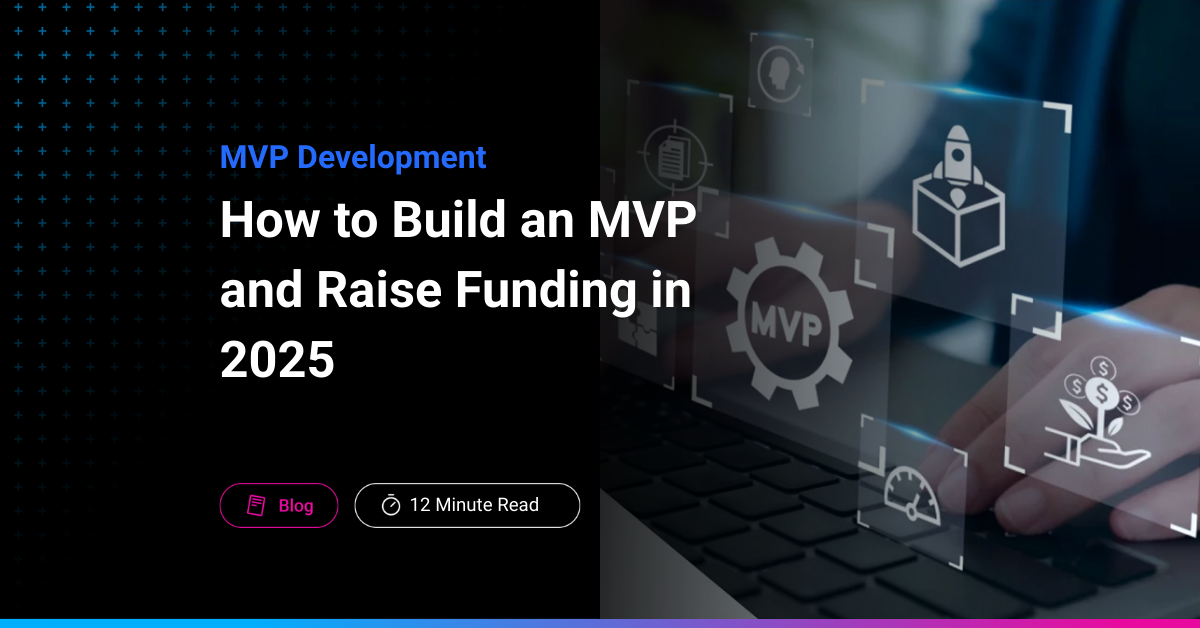Service that suites your needs
Our custom software development process revolves around an AI-centric approach, enhancing user experiences and delivering highly efficient solutions through advanced artificial intelligence technologies.
.png?width=292&height=132&name=Image%20(3).png)
Our custom software development process revolves around an AI-centric approach, enhancing user experiences and delivering highly efficient solutions through advanced artificial intelligence technologies.
.png?width=292&height=132&name=Image%20(3).png)
At Phyniks, we combine AI and creativity to drive innovation. Our tailored solutions yield extraordinary results. Explore our knowledge base for the latest insights, use cases, and case studies. Each resource is designed to fuel your imagination and empower your journey towards technological brilliance.
.png?width=284&height=129&name=Image%20(4).png)
At Phyniks, we combine AI and creativity to drive innovation. Our tailored solutions yield extraordinary results. Explore our knowledge base for the latest insights, use cases, and case studies. Each resource is designed to fuel your imagination and empower your journey towards technological brilliance.
.png?width=284&height=129&name=Image%20(4).png)

Start-ups face a tough reality: almost 90% of new ventures fail, often due to spending too much time and money on building a product before validating its demand in the market. This is where an MVP (Minimum Viable Product) comes into play.
For founders, especially in 2025, the MVP approach remains a critical strategy. It enables start-ups to test their ideas with minimal resources, gather real-world feedback, and make necessary adjustments before fully committing to large-scale development.
With the global tech landscape evolving rapidly, building an MVP allows start-ups to stay competitive.
The year 2025 is shaping up to be one of rapid innovation, where emerging technologies like AI and Web3 create both opportunities and challenges. As more players enter the scene, having a validated product that meets user needs becomes non-negotiable for attracting venture capital.
In fact, recent data shows that start-ups using MVPs to demonstrate early traction are 35% more likely to secure funding than those with just an idea or a pitch deck.
Venture capitalists (VCs) want to see more than a vision, they want proof of concept, user feedback, and the potential for market fit. This makes MVP development one of the most practical routes to start-up success in today's competitive market.
An MVP, or Minimum Viable Product, refers to the initial version of a product that includes just enough features to satisfy early users and gather valuable feedback. It’s not about perfection; it's about having a working product that solves a core problem for your target audience. In the context of software development, an MVP allows you to enter the market faster, validate your concept, and iterate based on real-world data.
For example, Dropbox began as a simple MVP- just a video explaining the concept of file synchronization. The feedback and interest generated from this basic version helped Dropbox secure its first round of funding and grow into a tech giant.
Start-ups need to think smart. The focus is on getting to market quickly, testing the waters, and adapting to user needs. The benefits of building an MVP in 2025 include:
These aspects make an MVP a smart choice for start-ups aiming to secure funding in 2025. VCs appreciate a lean approach, showing that you’ve tested your assumptions and can pivot based on user feedback.
Building an MVP (Minimum Viable Product) is a crucial process for start-ups aiming to validate their product idea quickly and efficiently. It’s especially relevant in 2025, where the ability to adapt fast is critical. Here’s a streamlined guide on how to approach MVP development:
Understanding the market’s needs is the foundation of successful MVP development. Too many start-ups make the mistake of building a product without truly knowing the problem they’re solving. This often leads to creating solutions that don’t resonate with users.
With the right research, you can ensure that your MVP targets a genuine problem, increasing your chances of success when you go to market.
An MVP isn’t about cramming in every feature you can think of- it’s about delivering real value with just the essentials.
By focusing on the primary features, you’ll build an MVP that directly addresses users' needs without unnecessary complexity.
Once you have a clear idea of your core features, it’s time to create a prototype. This helps you visualize how your MVP will look and function before diving into full-scale development.
Rapid prototyping can save valuable time and ensure that your MVP is aligned with user expectations from the get-go.
Now that you have a validated prototype, it’s time for actual development. The key here is to remain agile and open to changes.
Building an MVP is an iterative process. Stay flexible, and be ready to tweak features based on user input. This way, you can develop a product that meets user needs without wasting time on features that don’t resonate.
With your MVP built and refined, it’s time for launch. But remember, launching is just the beginning of the journey.
Building an MVP is just the first step. A well-developed MVP does more than validate your product idea—it’s your entry point to securing investment. Investors today aren’t just looking for great ideas; they want to see proof that a concept can translate into a viable business. Your MVP serves as that proof.
By building an MVP that is user-centric and data-driven, you set the stage not only for product growth but also for meaningful conversations with investors.
Need guidance to build an MVP that stands out? Connect with our software development experts today, and let’s bring your start-up idea to life.
Securing funding for your start-up can be tough- especially when you’re up against a competitive market.
Investors in 2025 are more discerning, looking for startups that bring both innovation and real traction. Here's how to pitch your MVP (Minimum Viable Product) effectively and win their confidence.
Investors aren’t just interested in your idea; they want proof that it can work in the real world. This is where MVP development becomes crucial. When you build an MVP, you can demonstrate that your concept has traction and that there is genuine interest from your target market. Here’s what investors care about:
Your MVP isn’t just a prototype- it’s a goldmine of data that can help sway investors. Here’s how to leverage it:
In 2025, tech-driven MVPs stand out. If you’ve integrated cutting-edge technologies like AI or blockchain into your MVP, make sure to emphasize that. These elements not only help differentiate your product but also signal to investors that you’re keeping up with technological trends.
For instance, if your MVP uses AI for personalized user experiences or cloud-native solutions for scalability, these details can make your pitch more compelling. Investors are always looking for start-ups that leverage new tech to solve old problems in fresh ways.
As we move further into 2025, several trends are shaping how start-ups approach MVP development and secure funding:
Building an MVP can be rewarding, but it’s not without challenges. Here are common hurdles and how to navigate them:
Starting lean with an MVP can help you prove your concept, attract early adopters, and secure the funding you need to scale. By focusing on market needs, leveraging user data, and embracing tech innovations, you can position your MVP as a strong contender in the competitive start-up landscape of 2025.
Curious about how MVP development can drive real results?
We recently partnered with a Foodtech business to build an MVP tailored to their unique market needs. By focusing on core features and gathering early user feedback, the start-up refined their product rapidly. This strategic approach not only helped them bring a well-defined product to market but also secured their first round of funding. Connect with our team and let’s build an MVP that sets you up for success.

Sign up for Links for Thinks — a weekly roundup of resources like this to help you uplevel your design thinking straight to your inbox
We'd love to hear from you! Whether you have a question about our services, want to discuss a potential project, or just want to say hi, we are always here to have meaningful conversations.